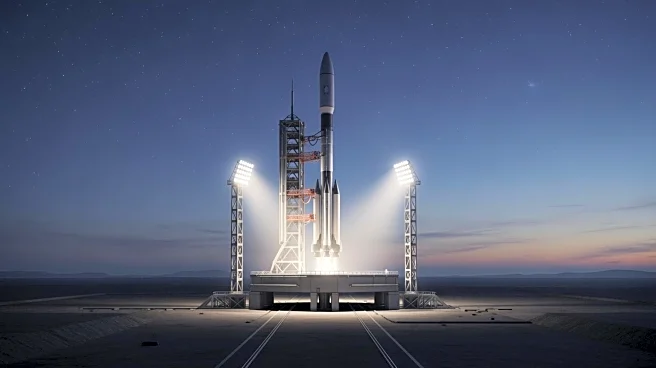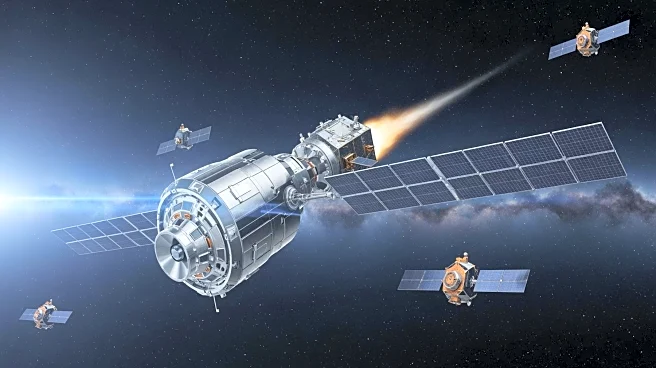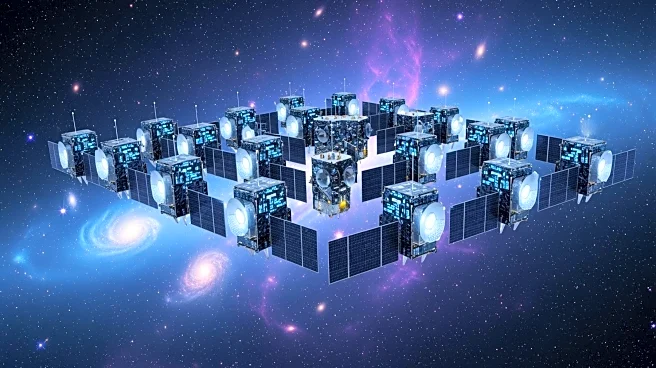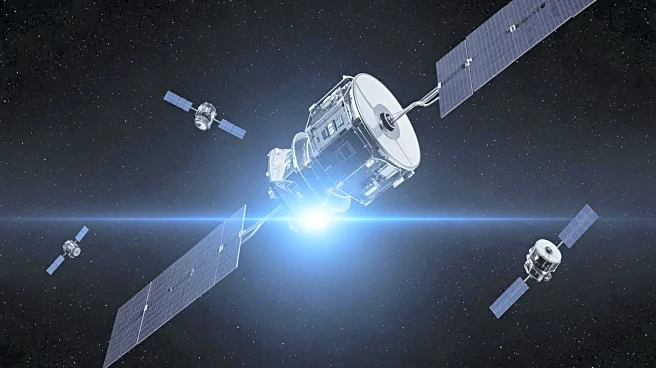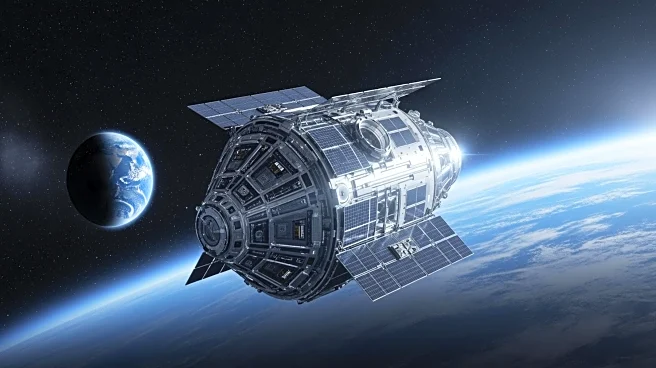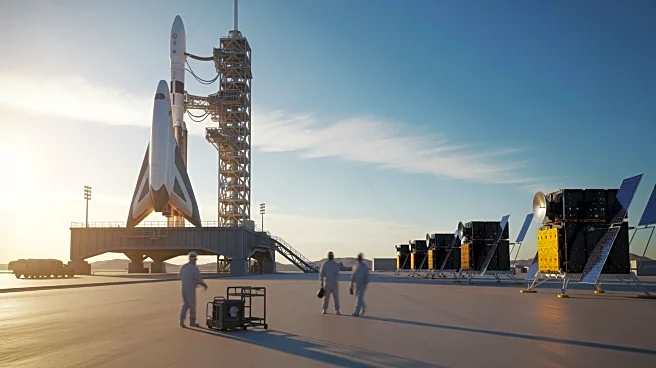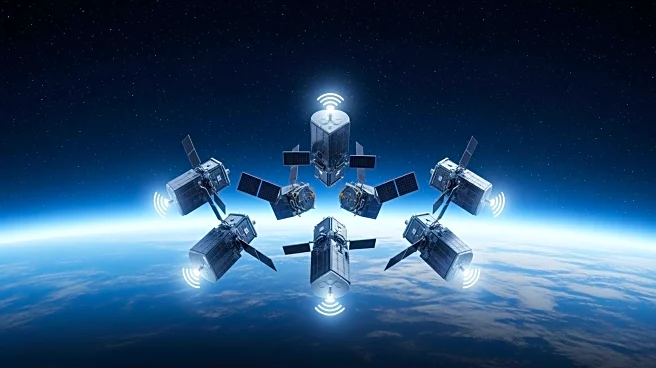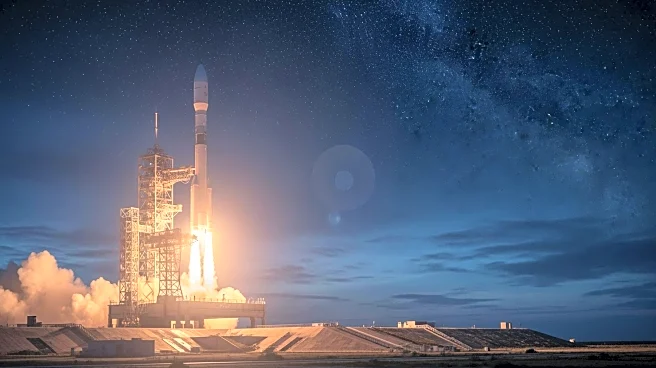What's Happening?
SpaceX has successfully launched its 10,000th Starlink satellite, marking a significant milestone in its mission to provide global internet coverage. The launch took place from California's Vandenberg
Space Force Base, with a Falcon 9 rocket carrying 28 Starlink satellites. This achievement is part of SpaceX's broader strategy to build a megaconstellation of satellites, with current authorization for up to 12,000 satellites and potential expansion to over 30,000. The Starlink service, which began with a public beta in October 2020, now serves millions of customers worldwide. The company has been rapidly increasing its launch frequency, with 89 Starlink missions in 2024 alone.
Why It's Important?
The expansion of the Starlink satellite network is crucial for enhancing global internet connectivity, particularly in remote and underserved areas. This development has significant implications for telecommunications, providing high-speed internet access to regions lacking traditional infrastructure. It also positions SpaceX as a major player in the satellite internet market, potentially disrupting existing service providers. The increased satellite presence raises concerns about space traffic management and the long-term sustainability of low Earth orbit, necessitating careful regulatory oversight.
What's Next?
SpaceX plans to continue its aggressive launch schedule, with further Starlink missions expected to increase the satellite count. The company is also working on the development of its Starship system, which could further enhance its capabilities in space exploration and commercial space travel. Regulatory bodies may need to address the challenges posed by the growing number of satellites, including potential interference and collision risks.


